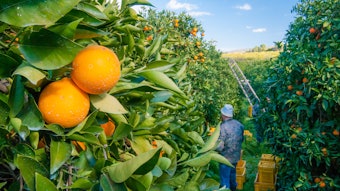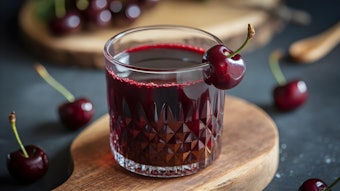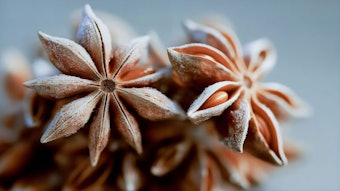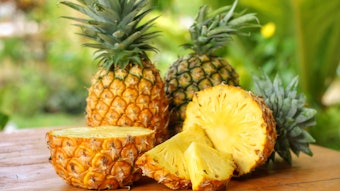The retention of substantial quantities of food flavors during spray drying is rather unexpected. Flavors are composed of a very broad group of organic volatiles with a boiling point range of at least −80°C (H2S) to 280°C (vanillin). While one may expect to retain volatiles with boiling points in excess of that of water, one would not expect to retain the low boilers during tbe drying process. One may also expect to lose a substantial proportion of the higher boilers since these high boilers may actually become more volatile than water when placed in an aqueous system for spray drying. The water tends to force the hydrophobic flavor constituents to the air/water interface and out of solution. Therefore, flavors which have a high boiling point when pure may become relatively more volatile than water when in aqueous solution.
A question then arises why more volatile flavors are retained during spray drying but tbe less volatile water is nearly completely evaporated. This phenomenon is explained by the fact that during the drying process a film of high solids material forms on the surface of the drying droplet. This partially dried or high solids film is quite permeable to water molecules which are a solvent for the solids being dried and are quite small in size compared to most flavor molecules. Since the flavor molecules have little volubility in the typical flavor carrier and are substantially larger than water molecules, they will not readily diffuse through this high solids surface film and are trapped within the drying droplet. Therefore, water molecules continue to be lost from the drying droplet while flavor components are retained.










